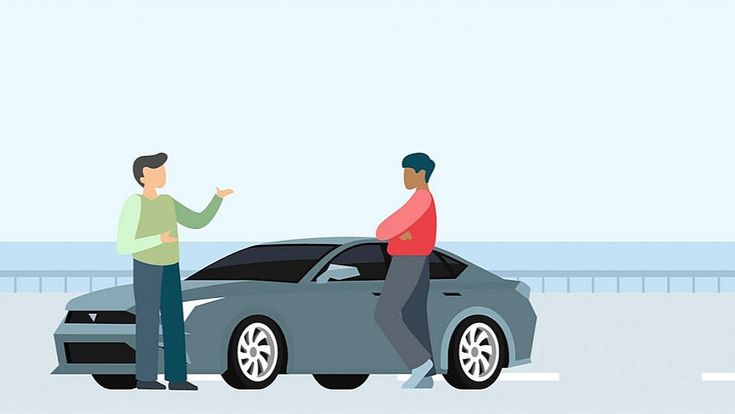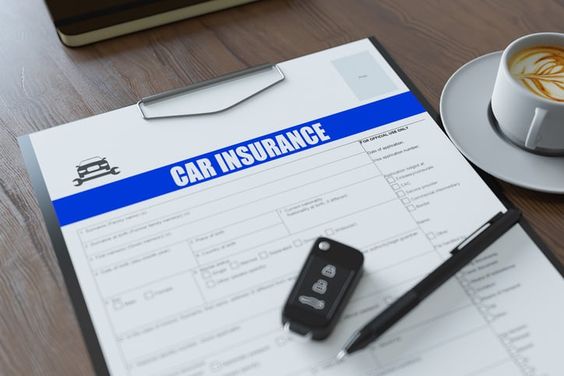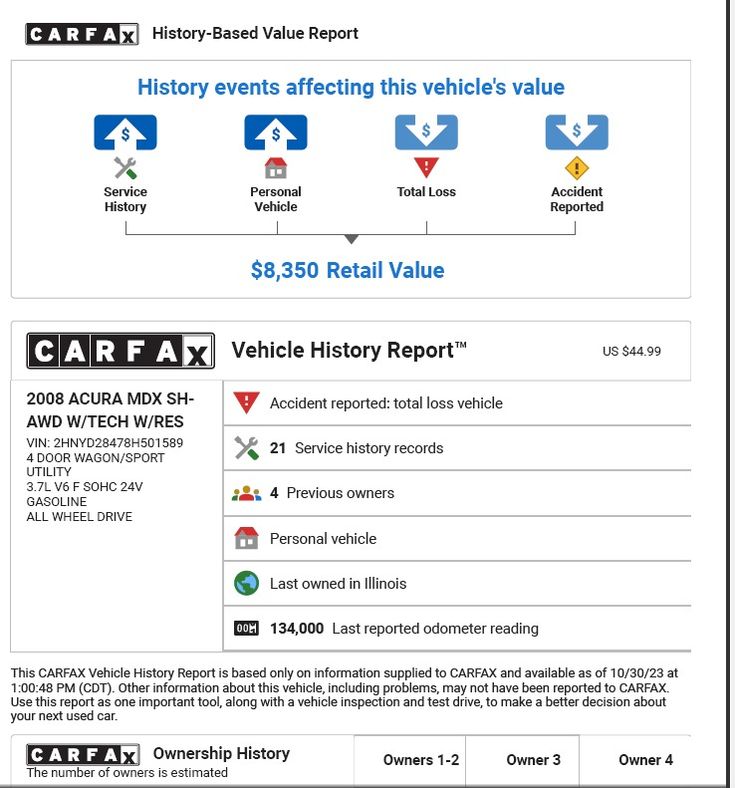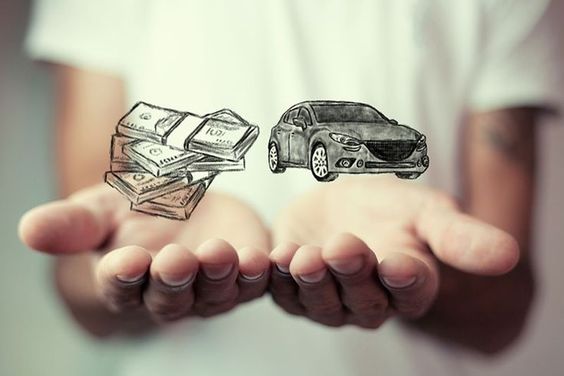Introduction:
Selling your car at auction can be a great way to get a quick and fair price. It's a popular option for those looking to get rid of their vehicle quickly, especially if they're not interested in dealing with private buyers. However, navigating the auction process can be daunting if you're unfamiliar with the ins and outs. This guide will walk you through the steps involved in selling your car at auction, from preparing your vehicle to choosing the right auction house.

Whether you're selling a classic car, a daily driver, or something in between, understanding the auction process can help you maximize your profits and ensure a smooth transaction. We'll cover everything from the different types of auctions to the documentation required, helping you make informed decisions and achieve the best possible outcome for your car sale.
Preparing Your Car for Auction
Before you can list your car at auction, you need to prepare it for inspection and potential buyers. This involves:
- Cleaning and Detailing: A clean car will always attract more attention. Wash and wax the exterior, vacuum the interior, and address any minor blemishes or scratches.
- Mechanical Inspection: Have a mechanic inspect your car to ensure it's in good working order. This will help you avoid any surprises during the auction.
- Gather Documentation: Collect all relevant paperwork, including the title, registration, maintenance records, and any other documents that could be beneficial to potential buyers.
- Set a Realistic Reserve Price: Determine a minimum price you're willing to accept for your car. This will help you avoid selling your car for less than its worth.
Choosing the Right Auction House
Not all auction houses are created equal. When choosing an auction house, consider:
- Reputation: Research the auction house's reputation and track record. Look for reviews and testimonials from previous sellers.
- Fees: Different auction houses charge different fees. Compare fees and commissions to find the most cost-effective option.
- Target Audience: Consider the auction house's target audience and whether it aligns with your car's target market. For example, if you're selling a classic car, you'll want to choose an auction house that specializes in classic vehicles.
Listing Your Car at Auction
Once you've chosen an auction house, you'll need to list your car. This typically involves:
- Providing Information: Submit detailed information about your car, including its make, model, year, mileage, condition, and any unique features.
- Submitting Photos: Provide high-quality photos of your car, both interior and exterior.
- Setting a Reserve Price: Set a minimum price you're willing to accept for your car.
- Reviewing the Auction Agreement: Carefully review the auction agreement and understand the terms and conditions.
The Auction Process
The auction process typically involves:
- Pre-Auction Inspection: Potential buyers will have the opportunity to inspect your car before the auction.
- Auction Day: The auction will be held on a specific date and time.
- Bidding: Potential buyers will bid on your car, with the highest bidder winning.
- Payment and Delivery: The winning bidder will pay for the car and arrange for delivery.
Conclusion
Selling your car at auction can be a quick and efficient way to get a fair price. By following the steps outlined in this guide, you can increase your chances of success and maximize your profits. Remember to prepare your car thoroughly, choose the right auction house, and understand the auction process. With careful planning and execution, you can sell your car at auction with confidence.





